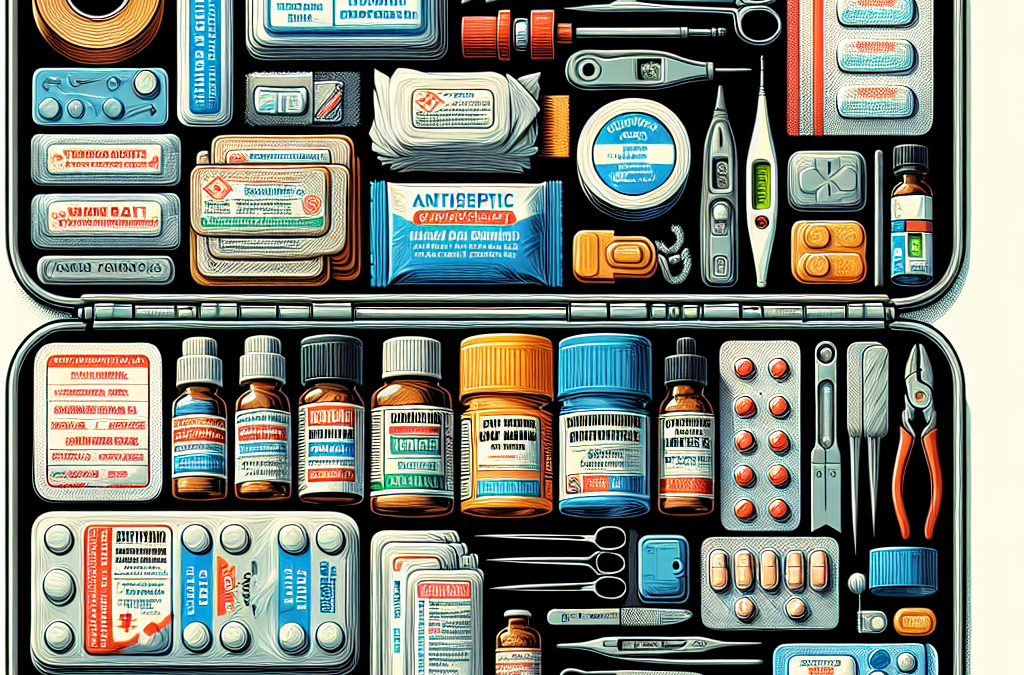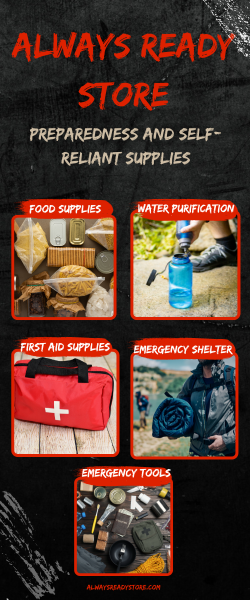Assess Your Needs
Understanding Your Travel Style
When I think about packing an emergency kit, the first thing I consider is how I travel. Whether you’re a backpacker heading to the wild or someone booking luxury stays, your kit should mirror your journey. Budget trips? You’ll want lightweight, compact options. Luxurious travels might allow for more tools, but think about whether you really need them.
My trips have taught me that being prepared means having things tailored to the situation. For example, if you’re planning a family road trip, your needs will gravitate towards snacks, entertainment, and first-aid options suitable for kids. Solo travel? Focus on compact, versatile items that can work in multiple scenarios.
Lastly, consider your destination. Is it urban or more remote? A city adventurer may need a different set of tools compared to someone trekking through a national park. Taking a moment to assess your own needs makes all the difference when it comes to packing smart.
Gather Essentials
Hygiene and First Aid Supplies
You can’t go wrong with starting your emergency kit with hygiene and first aid supplies. I remember one summer trip where I underestimated the power of hand sanitizer. Trust me, you’ll thank yourself later! A simple pack of wipes, hand sanitizer, and a small toothpaste can aid in a pinch, especially when traveling to places where cleanliness may not be a priority.
First aid essentials, like band-aids, antiseptic wipes, and pain relievers, are also non-negotiable. I once had a trekking buddy that cut himself while trying to impress us with his climbing skills. Having those supplies made it easy to handle the situation before we could seek professional care. You’d never think you’d need it, but trust me – it can happen!
Don’t forget disease prevention essentials like insect repellent or sunscreen depending on your destination. After a trip to Southeast Asia, where I’d forgotten the bug spray, I learned my lesson the hard way. Being prepared is all about planning for the “what-ifs”!
Thank you for reading this post, don't forget to subscribe NOW for FREE!
Pack Smart
Choosing the Right Bag
The bag you pick for your emergency kit is key. I mean, it should be compact yet spacious enough to fit the essentials. I usually opt for a lightweight backpack. It’s easy to carry around, and the best part? I can slide it into a larger suitcase if I need to. Versatility is a must.
Pockets are another thing to think about. I love bags with separate compartments because it keeps everything organized. No one wants to rummage through a jumbled mess when a scrape needs to be cleaned or when it’s time for snack time!
Also, consider the bag’s durability. If you’re trekking through varied terrains, snagging something that can withstand rain or the occasional fall is key. I learned that the hard way on a hike when my bag tore, and I lost important items.
Stay Updated
Regularly Check Your Supplies
One important lesson I’ve learned is to keep your emergency kit fresh. I mean, how many times have I grabbed an old granola bar that was definitely past the expiration date? Yikes! Regularly checking your supplies ensures that nothing’s stale or ineffective.
Plus, situations change! Maybe you’ve added new dietary restrictions or shifted your travel style since the last time you packed your kit. Spend a little time updating your supplies every couple of months – it’s worth the time and effort.
Taking notice of how your needs evolve keeps your emergency kit relevant. A simple check-in can remind you to adjust things, ensuring you’re prepared no matter where you wander off to next!
Know Emergency Protocols
Research Local Regulations and Contacts
Before heading off, I always take the time to look up local emergency protocols and contact information. This isn’t just a good idea; it’s crucial! Each country has different laws and customs, and being well-versed could literally save your life.
Know the number for police, fire, and medical emergencies for every destination. It’s also wise to jot down local embassies’ contact information. Emergencies can arise quicker than anticipated, and having those key contacts saved in your phone can make a big difference.
I also make sure to inform someone back home about my travel plans. Sharing your itinerary and contact information improves your safety net – sometimes I think of it as my own safety whistle. It gives me peace of mind knowing someone’s got my back!
FAQs
1. What should I include in my emergency kit?
Your kit should feature basic first aid supplies, hygiene products, snacks, water, and a few essential tools like a flashlight, multi-tool, and any personal items necessary (medications, etc.).
2. How often should I update my emergency kit?
Try to check and update your kit every few months or before major trips. This way, you can ensure all supplies are fresh and still relevant to your travel needs.
3. What type of bag is best for an emergency kit?
A lightweight backpack with compartments is usually the best choice. It should be easy to carry, durable, and spacious enough to hold all your essentials without being bulky.
4. Is it necessary to know local emergency protocols?
Absolutely! Each location may have different laws, services, and emergency numbers. Being prepared and informed could make a significant difference in a tough situation.
5. Can I include food in my emergency kit?
Yes! Non-perishable snacks like granola bars, nuts, or dried fruits are great options. Just remember to check expiration dates regularly when updating your kit!






